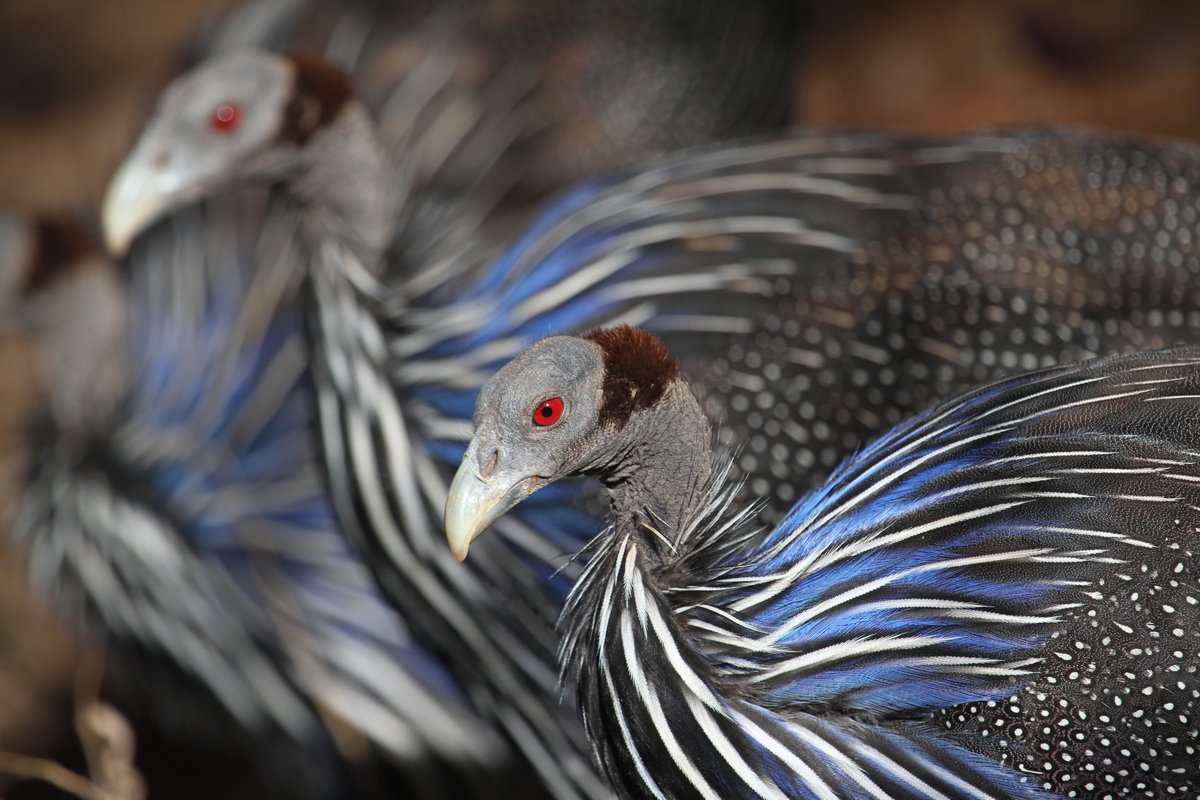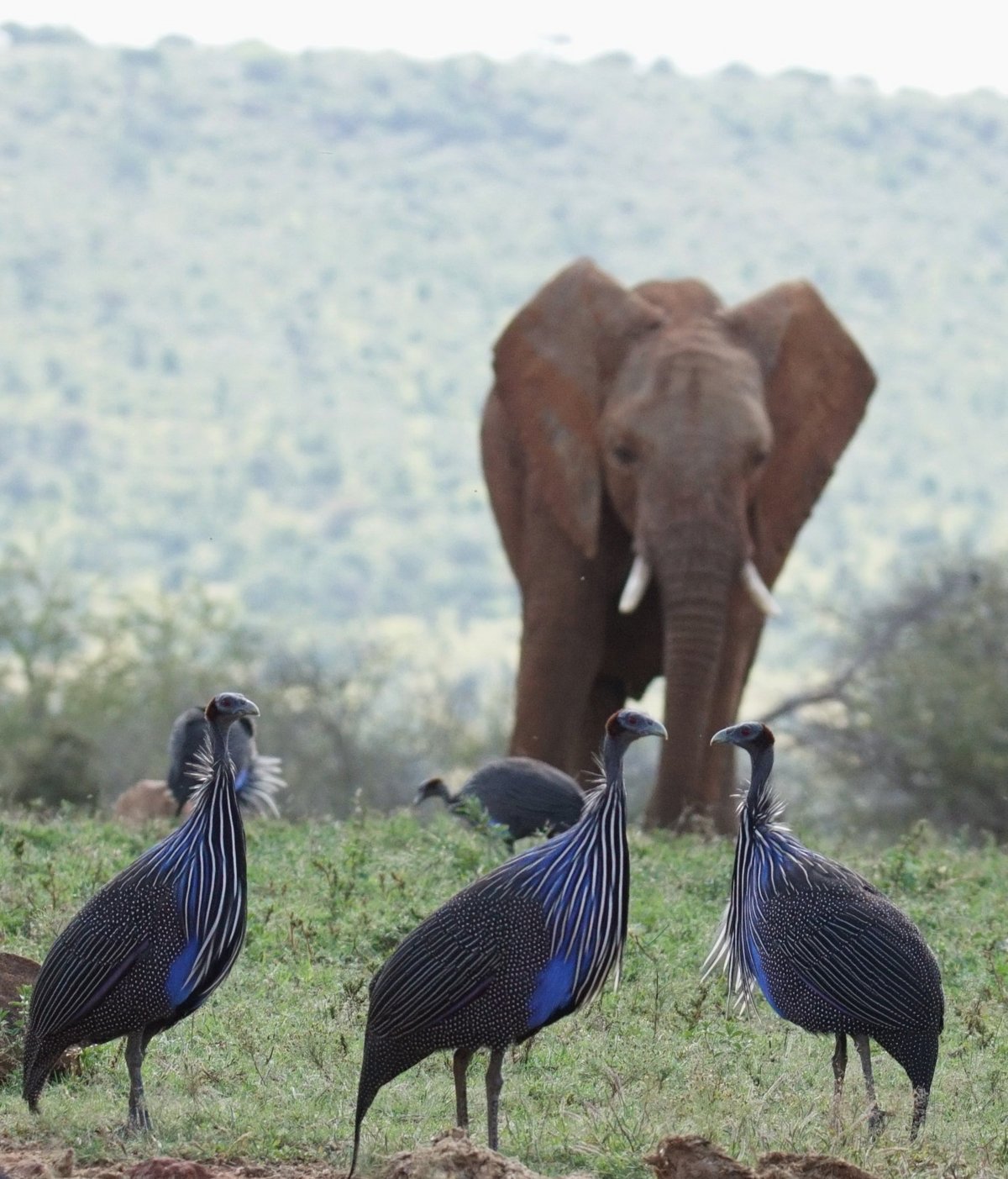
Copyright: Damien Farine
Influence of physiological factors on moving social groups
As our social worlds slowly grow larger again, it is nice to see people in the streets, but we are also reminded of old annoyances. Can you remember the last time you had to walk along a crowded pavement? The frustration at not being able to walk at your own pace, or perhaps the feeling of being swept along in a direction you do not really want to go? Have you ever wondered how much these little costs add up to, or if life in the city is really worth the hassle? The overall aim of the project Energetics of movement and social behaviour, a collaboration between cluster researchers James A. Klarevas-Irby and Damien Farine, is to quantify the physiological costs that come with life as part of the collective.
Biologist Klarevas-Irby is excited: “Using simultaneous GPS (locational), IMU (activity) and ECG (heart rate/physiology) data, and by ground truthing these data with video recordings of specific target behaviours, we will generate the first direct measurements from wild animals of the metabolic costs of living and moving as a group.” Understanding the physiological impacts of collective living on individuals within groups will represent a new frontier in the study of collective behaviour. The biggest step towards reaching this goal has been the successful implanting of ECG loggers into 21 vulturine guineafowl in March 2021. Klarevas-Irby says: “Since then, we’ve been steadily collecting a really interesting dataset, which has only been made more interesting by unpredictable drought conditions driving the implanted birds to make some rather extreme movements, which we’re eager to look into.”

Copyright: James Klarevas-Irby
